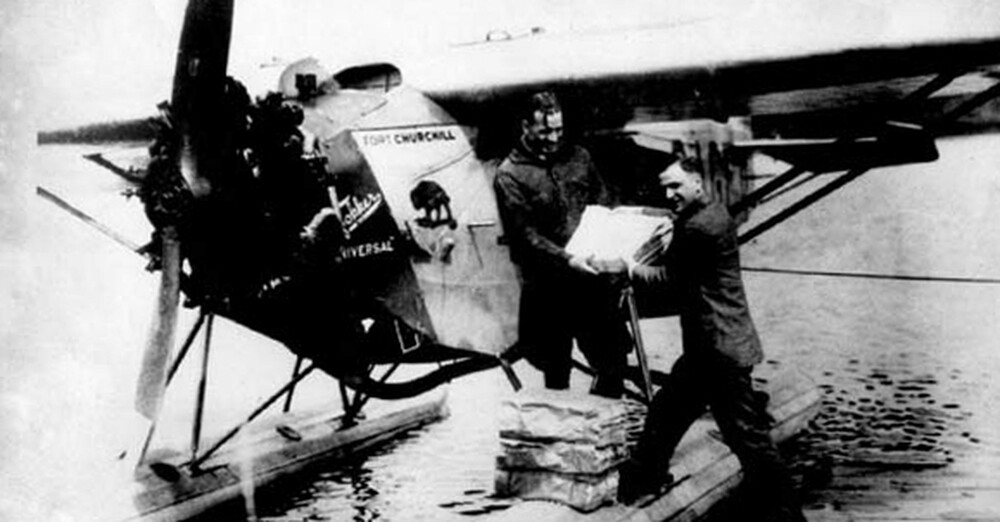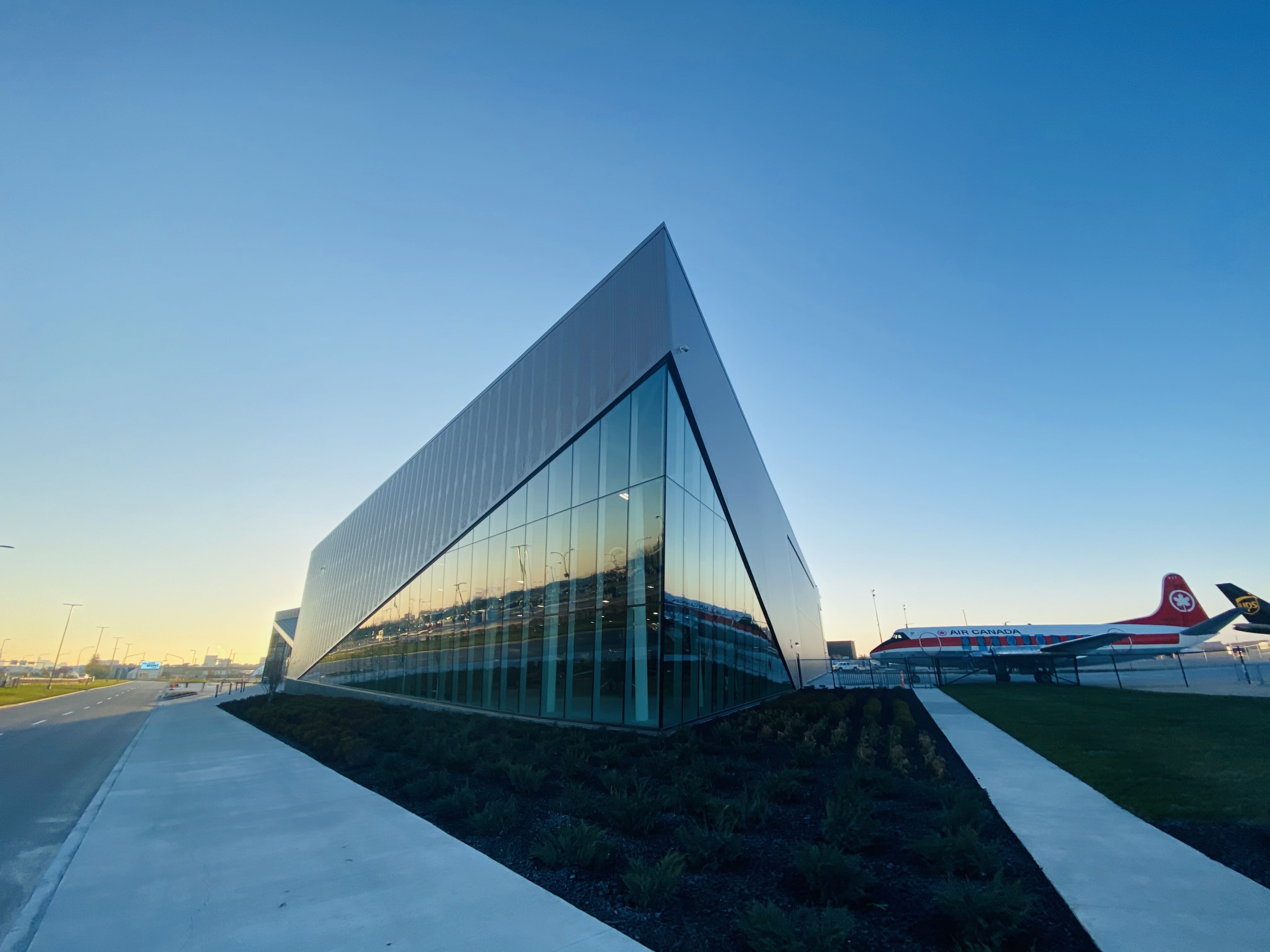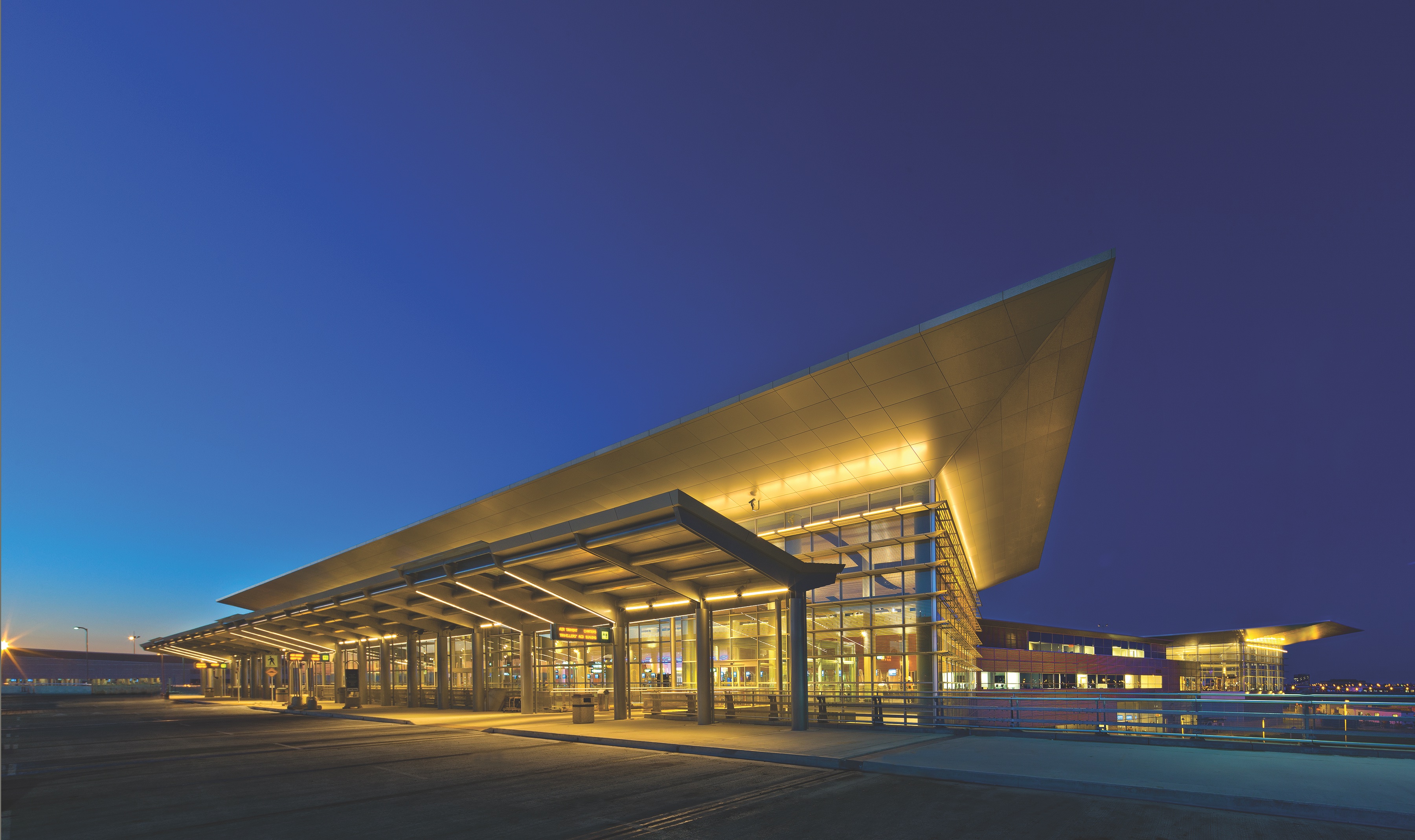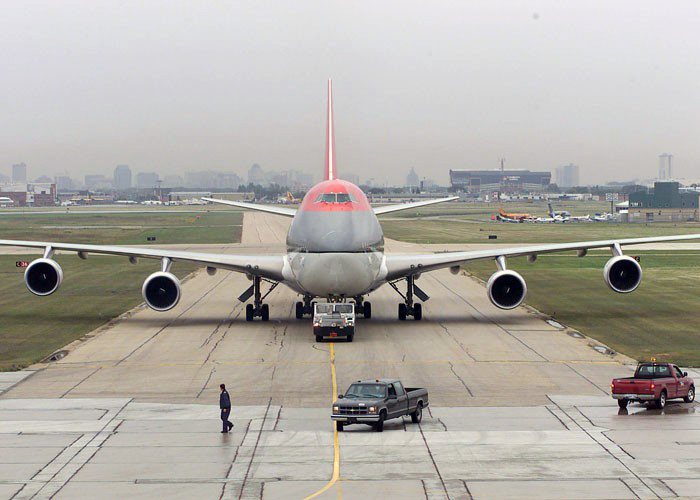Travellers flying out of Winnipeg Richardson International Airport these days may have never heard of Stevenson Field but it holds a significant place in the community's history. It's what YWG was called when it first opened in 1928, named after aviation pioneer Frederick Joseph Stevenson. The Manitoban is widely known as being Canada's premier commercial pilot, having helped open up the North and establish aircraft as a useful means of transportation - a trailblazing career that took off from an unfortunate accident.
Like hundreds of thousands of Canadians during the First World War, Stevenson answered the call to fight overseas. He was deployed to Europe at the age of 19 as an infantryman with the 196th Battalion in the Canadian Expeditionary Force. While serving, he was wounded and sent to a field hospital to recover. It's there Stevenson became captivated by aviation, watching planes come and go from the neighbouring Royal Flying Corps as he lay in his room recuperating
As soon as he was healthy enough to return to duty, Stevenson joined the Royal Flying Corps as a member of 79 Squadron and quickly distinguished himself. Stevenson is credited with destroying three observation balloons and 18 enemy aircraft. He eventually finished his military career with the rank of captain along with several decorations including the Distinguished Flying Cross, the French Croix de Guerre and Belgian Croix de Guerre. All of Stevenson's medals are currently on display in the lobby of Winnipeg Airports Authority's administrative offices.
"He was considered an ace, which gave him a certain amount of celebrity," said Davide Montebruno, Acting Curator of the Royal Aviation Museum of Western Canada. "Canadian aces during the First World War shot down more enemy aircraft than France, the USA and Russia combined. They were distinguished because they were willing to take risks and had a can-do attitude."
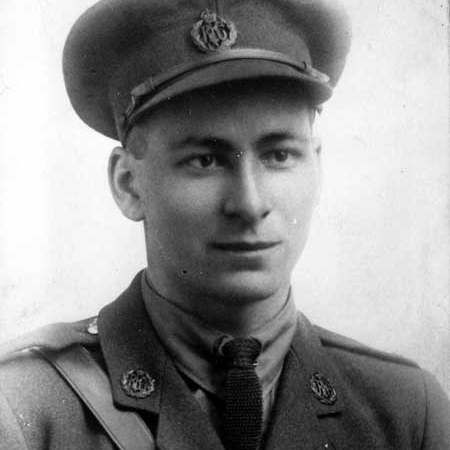
After the war, Stevenson returned home to work for the Canadian Aircraft Company and Ontario Provincial Air Service before being hired by James Armstrong Richardson's Western Canada Airways. With the company, he continued to establish himself as a prominent pilot with several ground breaking achievements. Among them was the first large cargo airlift operation in the country which saw Stevenson fly nearly nine tons of drilling equipment to Churchill over 27 trips totalling 6,093 miles in 30 days.

"The attitude and the lessons Stevenson learned in the war are what set him up for success when he came back to Canada," said Montebruno. "He was succeeding at things that, by all accounts, shouldn't have been possible in airplanes that weren't designed for those operations."
On January 5, 1928, Stevenson died when his recently-repaired plane crashed during a test flight. He was buried four days later at Brookside Cemetery's Field of Honour - one of the largest and oldest military interment sites in Canada. It's a fitting resting place for Stevenson, not only as a tribute for his service but also because the cemetery is located on the edge of Winnipeg's airport. In fact, Stevenson's headstone was strategically placed so it would face southwest, overlooking the airfield that would bear his name when it opened later that year. His is the only one that points this way in the section he's buried in, ensuring Stevenson can always keep a close watch on all of the aviators he inspired to chase their dreams of taking to the skies.
